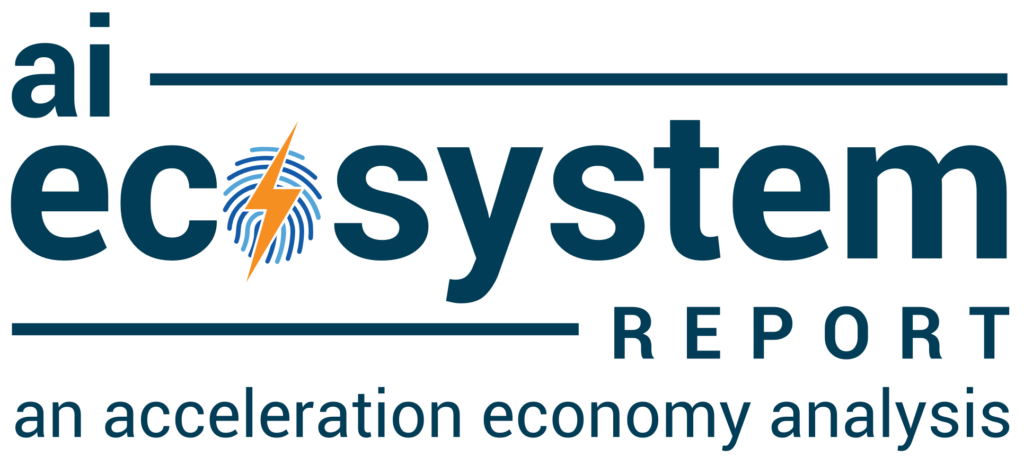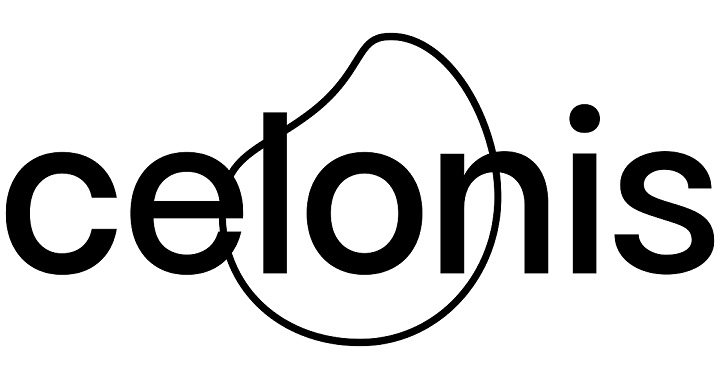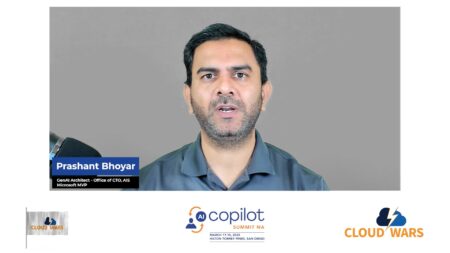
Accounts receivable (AR) is a critical accounting process that requires a dedicated team of finance professionals. However, there are several pain points involving cash flow, working capital, credit management, and dispute resolution that burden finance teams, swallowing up resources and decreasing productivity.
With its position as a leader in process intelligence, a framework designed to supercharge efficiency, and following its 2022 acquisition of Sailfin Technologies, Celonis was well-positioned to develop a new approach to AR. Now, the company has announced the launch of the Sailfin Accounts Receivable (AR) app suite.
Driving AR Productivity
Before its acquisition, Sailfin had been developing operational use cases for the technology that have been improved upon by the addition of process data and business knowledge via the Celonis Process Intelligence Graph.
Ask Cloud Wars AI Agent about this analysis
The new app suite builds on Celonis’ existing Premium Accounts Receivable apps and covers four key AR use cases that collectively enable users to operate more efficiently while organizations can cut costs and prioritize workloads:
Collections Management: The application enables collections officers to access a central source of data and prioritize collections based on the specific histories and attributes of a customer. It also incorporates automation for regular tasks.
Dispute Management: A centralized tracking mechanism expedites dispute resolution.
Credit Management: One of the most significant risks in AR is posed by ineffective management of credit risk. The Credit Management app tackles this by implementing data-backed credit limits, real-time risk monitoring, and third-party data integration.
Cash Application: Using this application, organizations can automate the cash application process. This app leverages remittance aggregation, matching algorithms and dispute creation reduce churn.
In Action: AI, Automation, Process Intelligence
A significant factor in the capabilities of the new Sailfin AR app suite is the combination of process intelligence with AI and automation. Jan Philipp Thomsen, vice president of Product Management at Celonis, explained the power of this union.
“The Process Intelligence Graph is a great enabler for AI and automation solutions because it provides the process data in a system-agnostic semantic layer — we sometimes call that the digital twin of the business,” he explains. “[It] creates this common language that is easier to use for humans, and also AI and automation applications.”
“There are automation providers that can use that real-time data to trigger certain actions and orchestrate these processes based on the data and insights they receive. Similarly, on the AI side, one of the key things we are seeing is that the AI intelligence needs process intelligence combined with customers’ data.”
The Sailfin app suite is a prime example of how Celonis’ Process Intelligence Graph enables automation and AI layers. “We essentially provide the data and intelligence to Sailfin to trigger certain automated communications, or apply additional intelligence on top of the data, that you would otherwise not be able to in real-time or with the context from multiple systems or data sources required to decide or take the right action,” says Thomsen.
Closing Thoughts
The launch of the Sailfin AR app suite will undoubtedly provide finance professionals with an efficient way to streamline AR processes and mitigate risk. However, it also signifies a critical element of Celonis’ business strategy. Thomsen explains, “Celonis’s strategy is to be a platform with a thriving ecosystem on top of it,” he says.
“This is an example of where Sailfin uses the Process Intelligence Graph and brings it together with third-party technology, essentially their apps built on their stack,” he continues. “The Process Intelligence Graph is powering those apps and that is something we want to open up to more and more. We are already working with several ISVs following that strategy.
“At the heart of it is the Process Intelligence Graph and then there is the consumption layer so you can consume this information in analytical or operational apps in Celonis but also in applications outside of Celonis,” Thomsen concludes.











